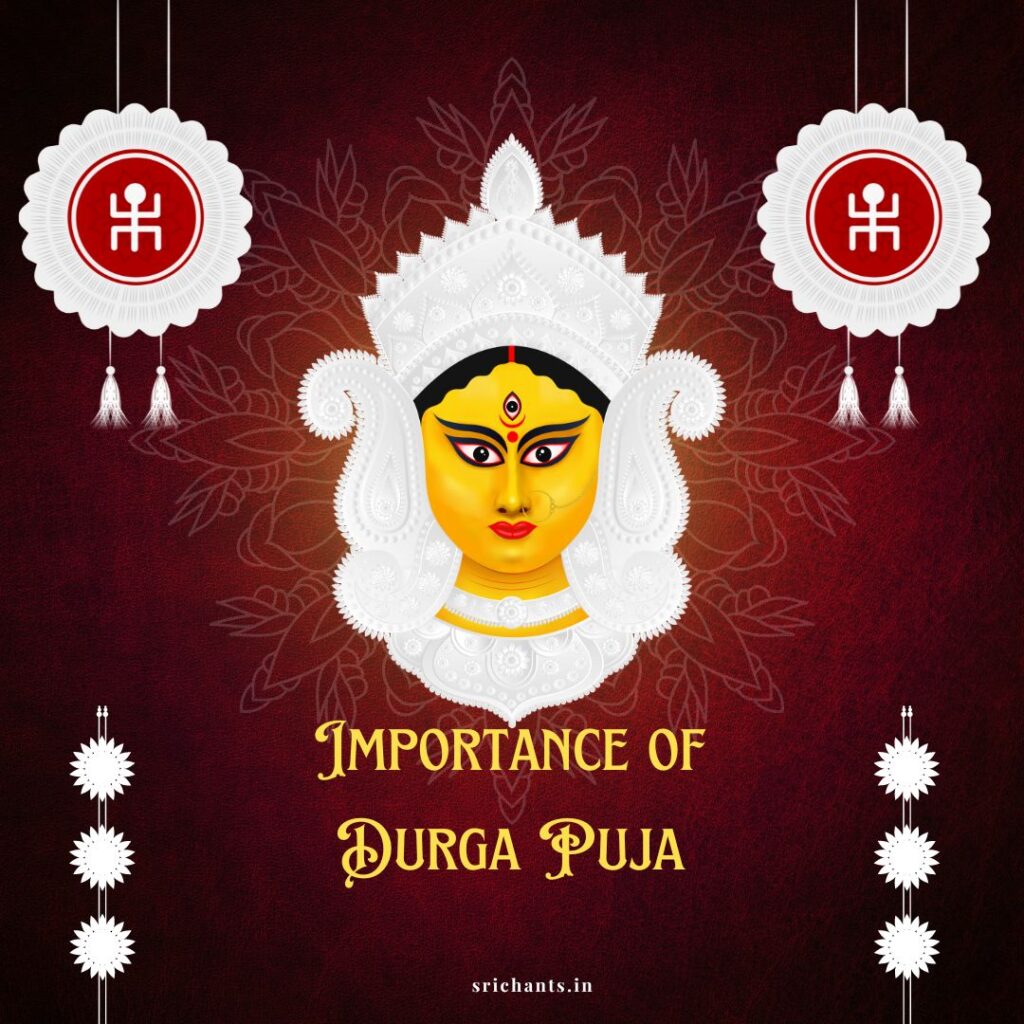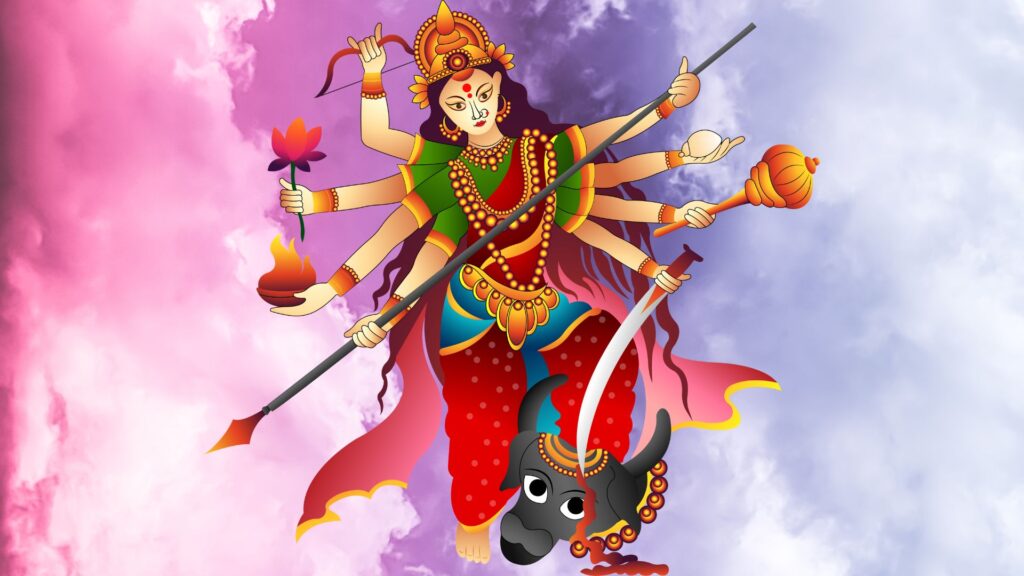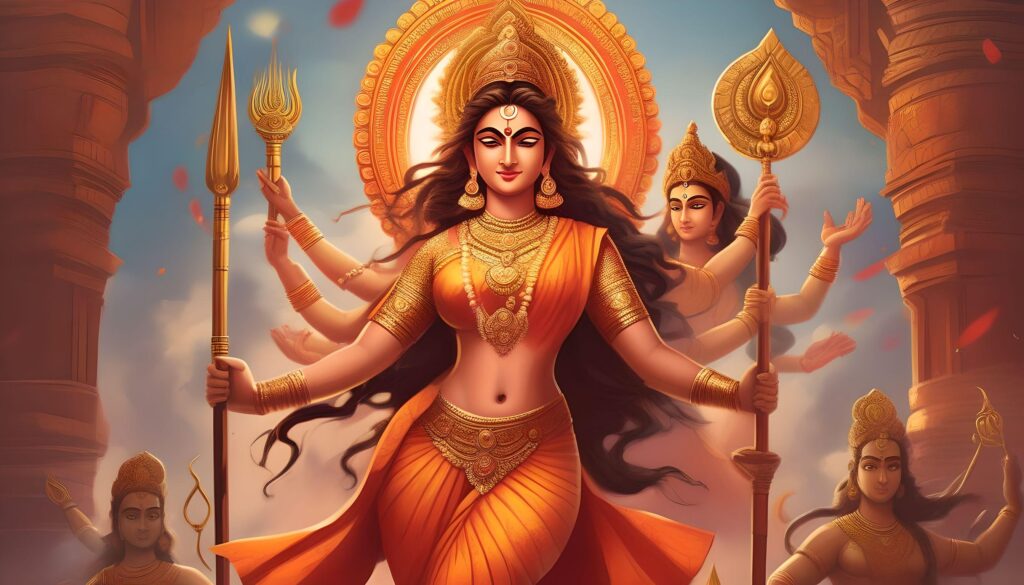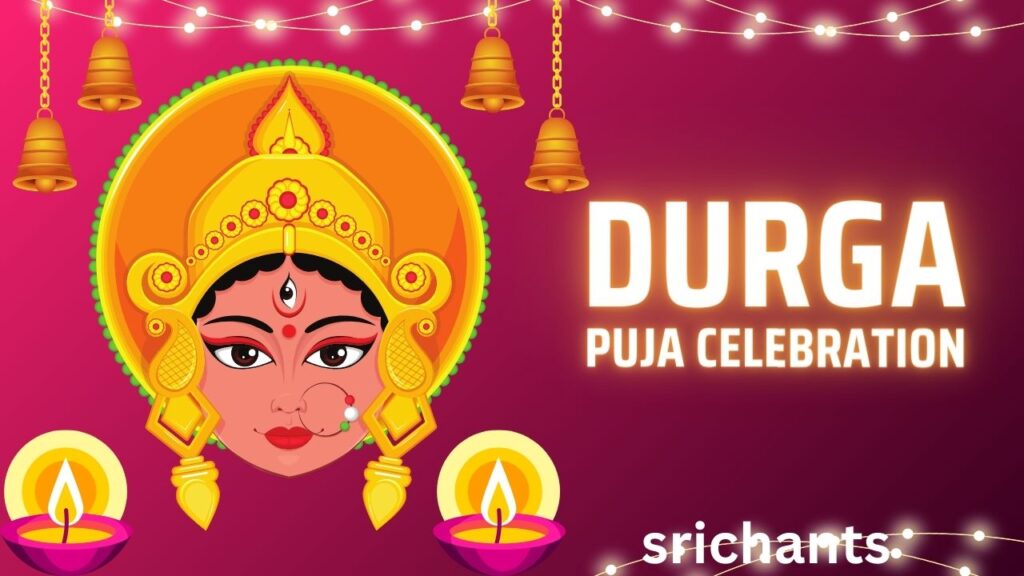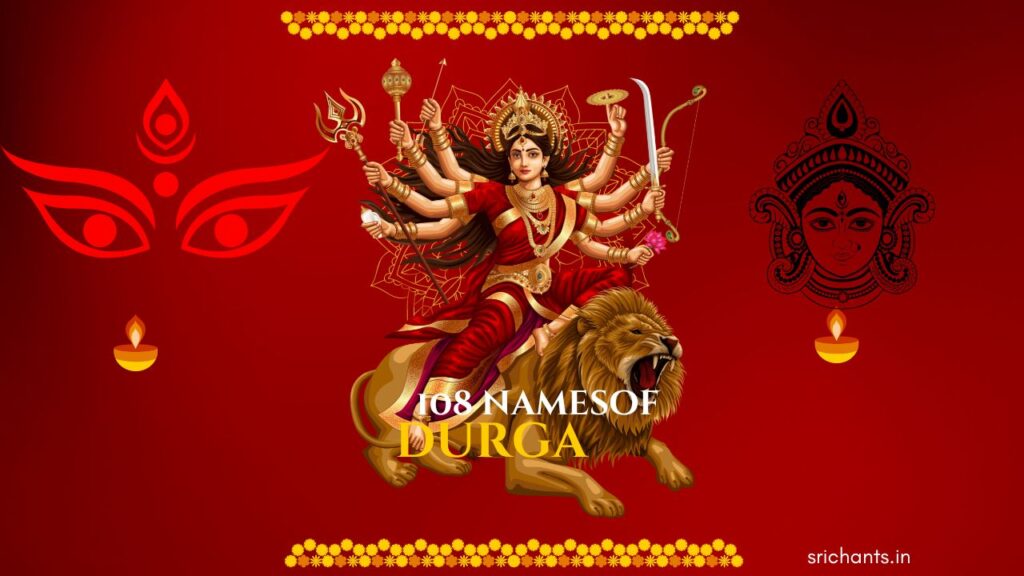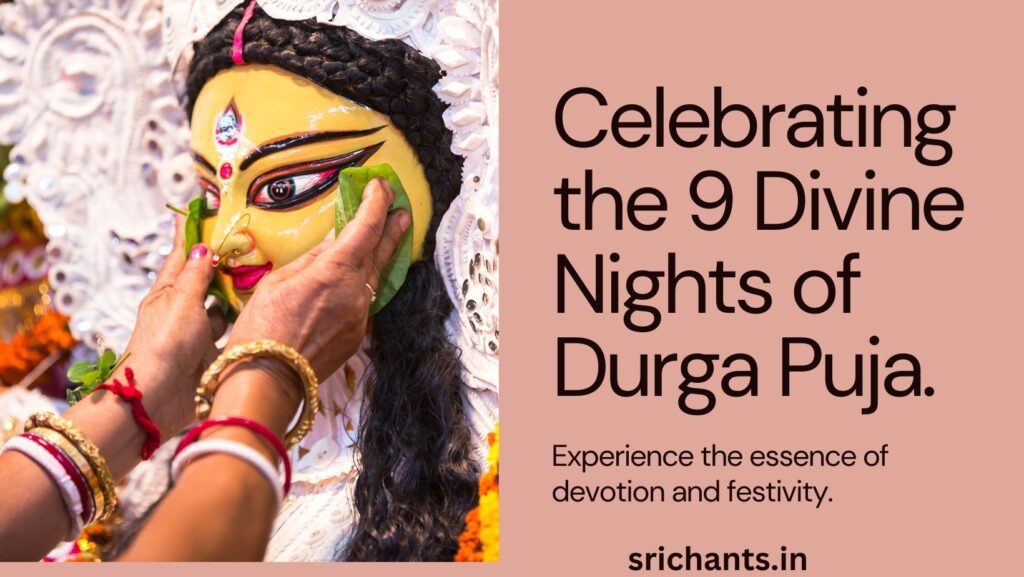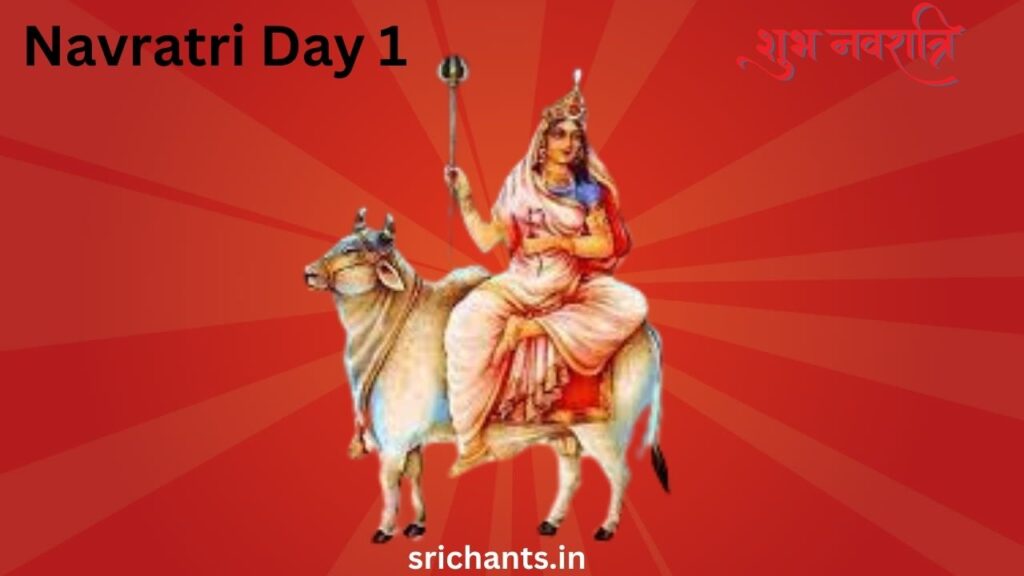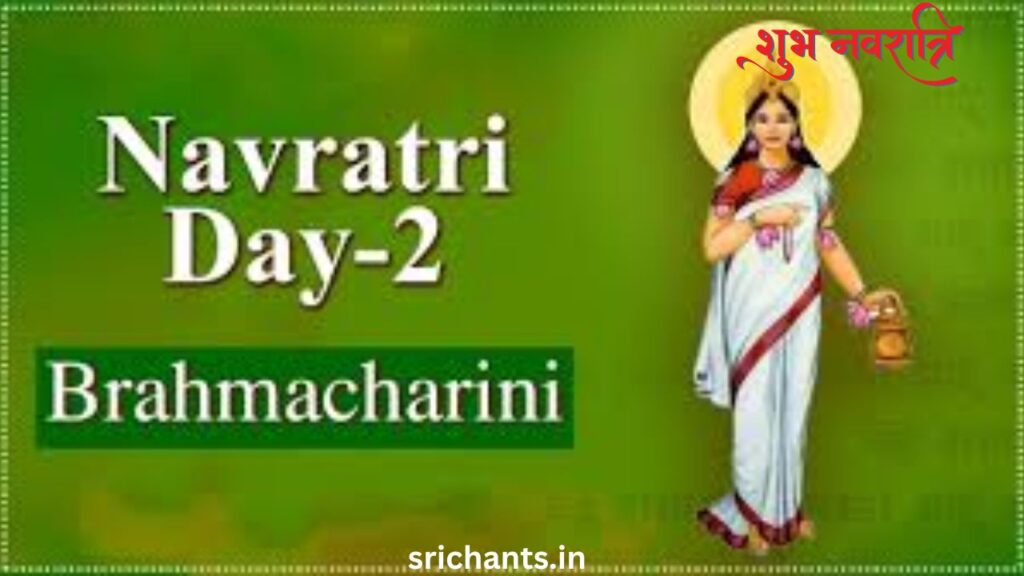Importance of Durga Puja : Guide to Durga Puja Rituals and Significance
Introduction
Opening Statement One of the most magnificent and universally cherished celebrations in India is Durga Puja. The festival is a commemoration of the complex relationship between spirituality, heritage, and unity. This comprehensive guide will enlighten you on the historical origins, ceremonial practices, and cultural significance of Durga Puja, as it leads you on a journey through its intricate traditions and rituals.
Origins of Durga Puja
The origins of Durga Puja can be traced back to the primordial mythology of Hinduism. Maa Durga, the divine deity, is the embodiment of feminine power and fortitude, as well as the destroyer of malevolent forces. In order to vanquish the formidable demon Mahishasura, she was allegedly created by the merging of the energies of a multitude of gods, as per legend. The triumph of virtue over evil and the empowerment of the divine feminine are symbolized by her victory over evil.
Significance of Durga Puja
In the souls of millions, Durga Puja is of immense significance. Navaratri, a nine-day festival, concludes with the magnificent commemoration of Dussehra or Vijayadashami. This festival serves as a testament to the triumph of righteousness, the significance of self-discipline, and the conviction in the ultimate triumph of good over evil.
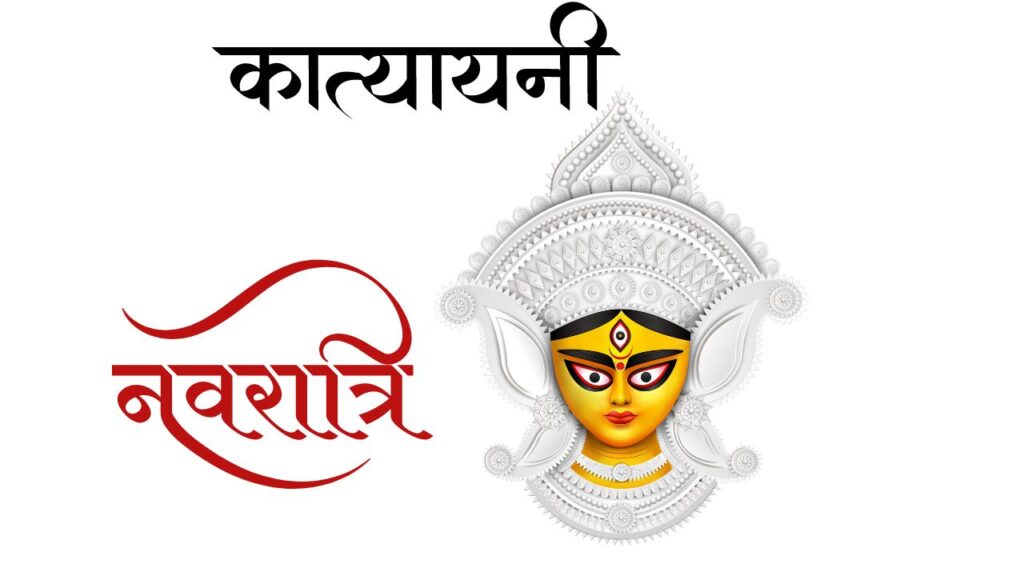
The Preparations
Durga Puja is eagerly anticipated for months in advance. Maa Durga’s idols are meticulously crafted, pandals (complex transient structures) are constructed, and committees are established. The entire procedure is a symbol of unity and devotion, as it requires the community’s collective effort.
The Arrival of Maa Durga
Maa Durga is celebrated with great pomp and magnificence on the first day of Durga Puja. It is believed that the deity will descend from her celestial residence to Earth during this period. Her arrival is anxiously anticipated by devotees, who are ecstatic and enthusiastic.
The Iconic Durga Idol
The meticulously crafted idol of Maa Durga is the focal point of Durga Puja. Experienced artisans are required to dedicate months of their time to its development. The deity is frequently depicted mounting a lion and wielding a variety of weaponry in the idol, which is a magnificent representation. Every component of the idol is imbued with symbolism, symbolizing the divine powers and the various manifestations of the deity she represents.
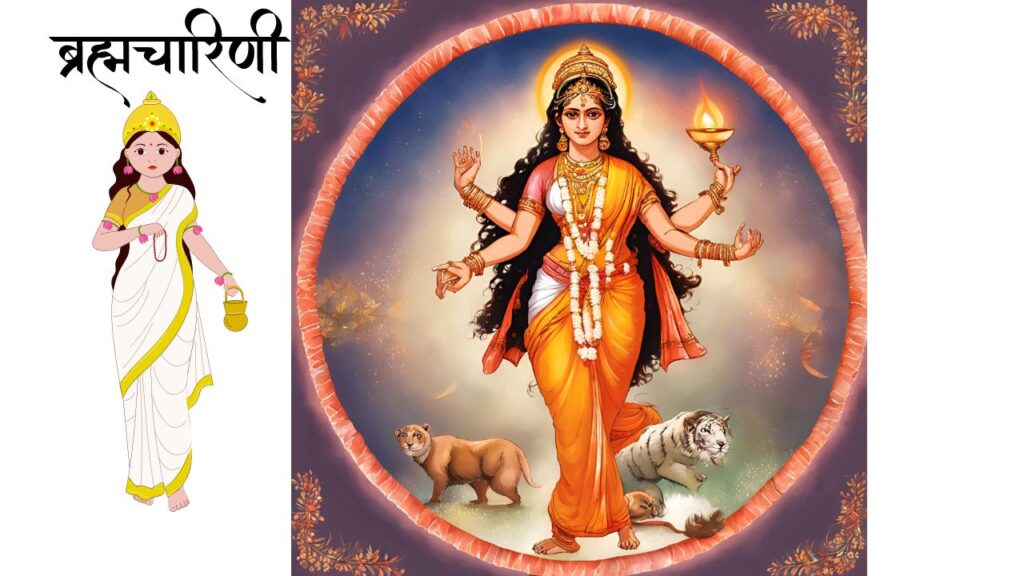
Rituals and Offerings
Durga Puja is distinguished by a wide variety of rituals and offerings. Devotees visit pandals that are adorned with intricate artwork and vibrant decorations. In order to secure the deity’s favors for prosperity and protection, flowers, fruits, and treats are presented. The conch shell is blasted, chimes are rung, and devotional melodies fill the air, fostering an atmosphere of spiritual fervor.
Dance of Dhunuchi
The visually captivating and distinctive Dhunuchi dance is a defining feature of Durga Puja. Dhunuchi, a clay incense burner, is employed by devotees to perform this traditional ritual, which generates an aromatic vapor. The celebrations are imbued with a sense of mysticism by the entrancing aroma and rhythmic movements.
Cultural Diversity and Regional Flavors
Each region in India commemorates Durga Puja with its own distinctive local character. It is the most significant festival of the year in West Bengal, distinguished by its intricately designed pandals and magnificent processions. The festival is celebrated with equal enthusiasm in states such as Odisha, Bihar, and Assam; however, each state has its own unique customs and traditions in place.
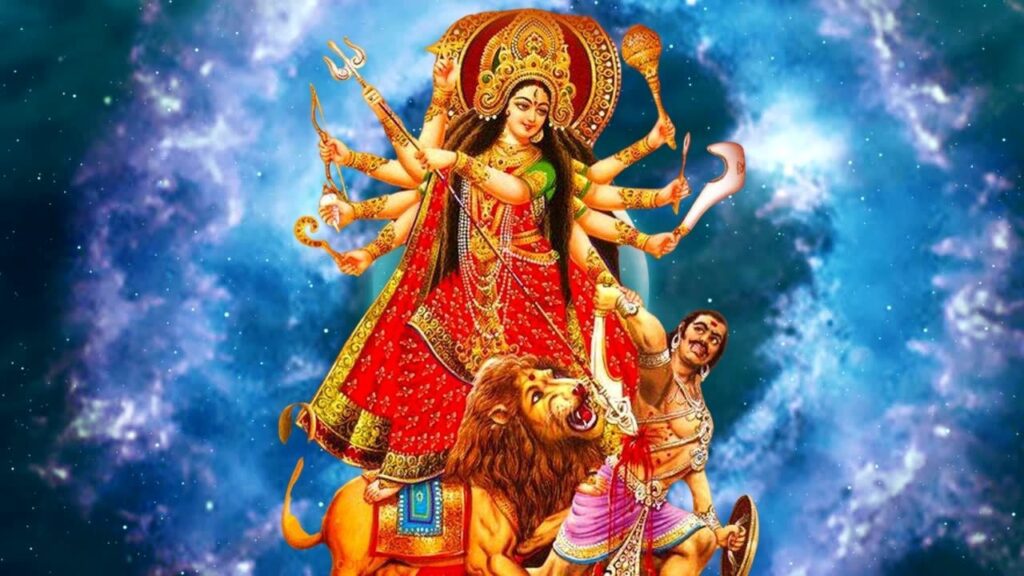
Vijayadashami – The Culmination
The festival concludes on Vijayadashami, the tenth day of Durga Puja. Maa Durga’s idols are immersed in rivers or bodies of water on this day to symbolize her return to her celestial abode. This custom, known as “Visarjan,” is accompanied by traditional performances and festive processions.
Maa Durga Beyond Borders
Maa Durga Puja has expanded beyond geographical limitations in recent years. The Indian diaspora worldwide observes Durga Puja with fervor. The new residences of devotees from the United States, the United Kingdom, Canada, and Australia have reignited the festive spirit of Durga Puja. This international event is a celebration of India’s cultural diversity and functions as an opportunity to preserve one’s heritage.
The Festival of Togetherness
Durga Puja is a commemoration of unity that transcends the limitations of rituals and traditions. It fosters a sense of unity among communities, transcending the limitations of social status, creed, and caste. The festival cultivates a sense of unity and belonging, thereby nurturing an atmosphere of harmony and benevolence.
Conclusion
Maa Durga Puja is not merely a festival; it is a representation of the profound cultural legacy, spirituality, and devotion that characterize India. Communities convene during this period to commemorate the triumph of virtue over vice, the influence of the divine feminine, and the connections that unite us. Let us also respect the principles that Durga Puja instills—love, unity, and the unwavering pursuit of righteousness—as we bask in its beauty.
#ImportanceofDurga Puja #Durgapujarituals #durgapujasignificance #importanceofdurgapuja #significanceofashtami #significanceofdurgapooja
